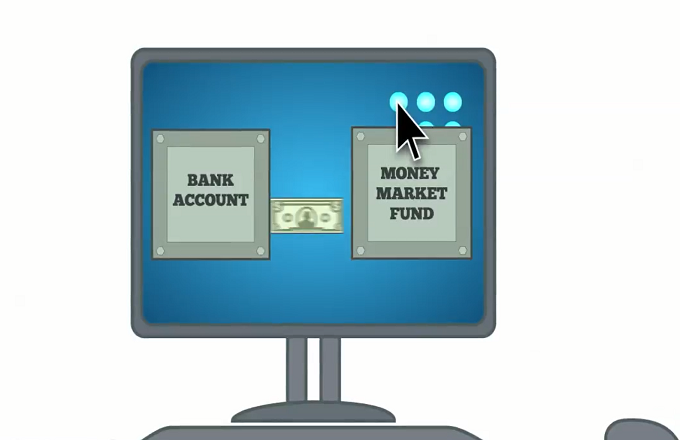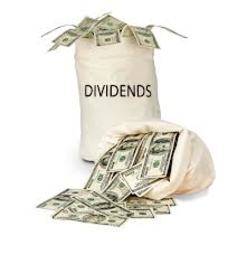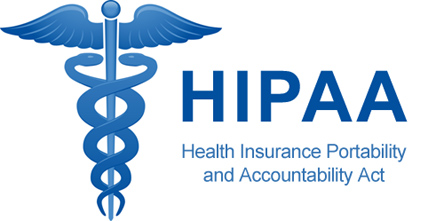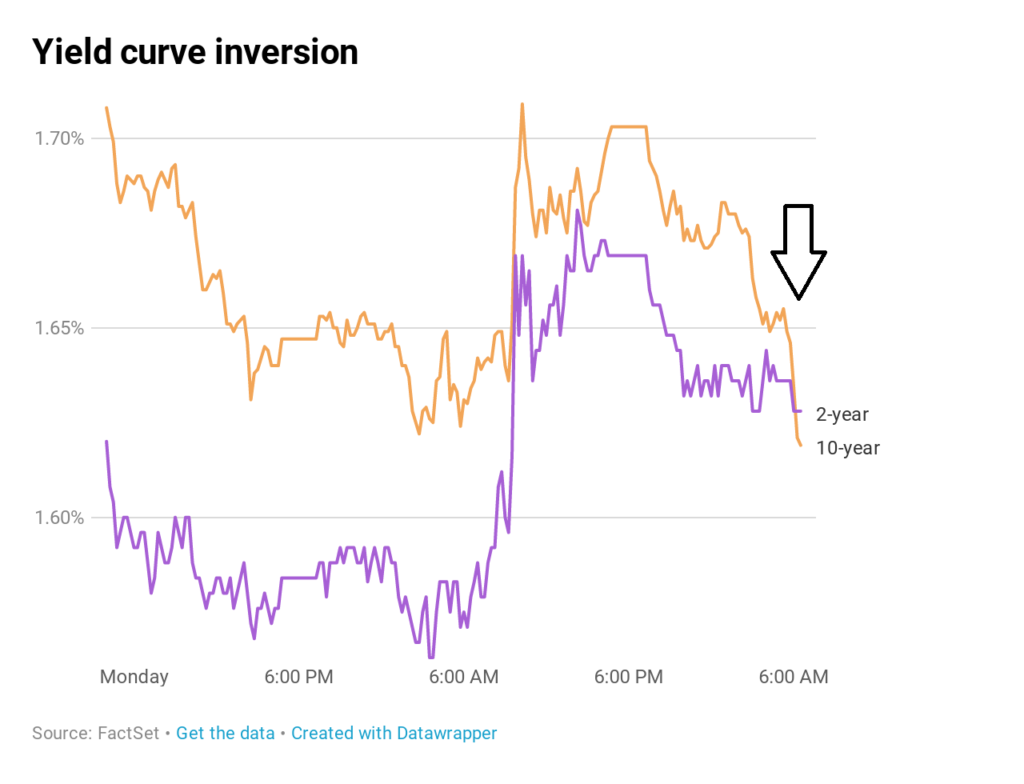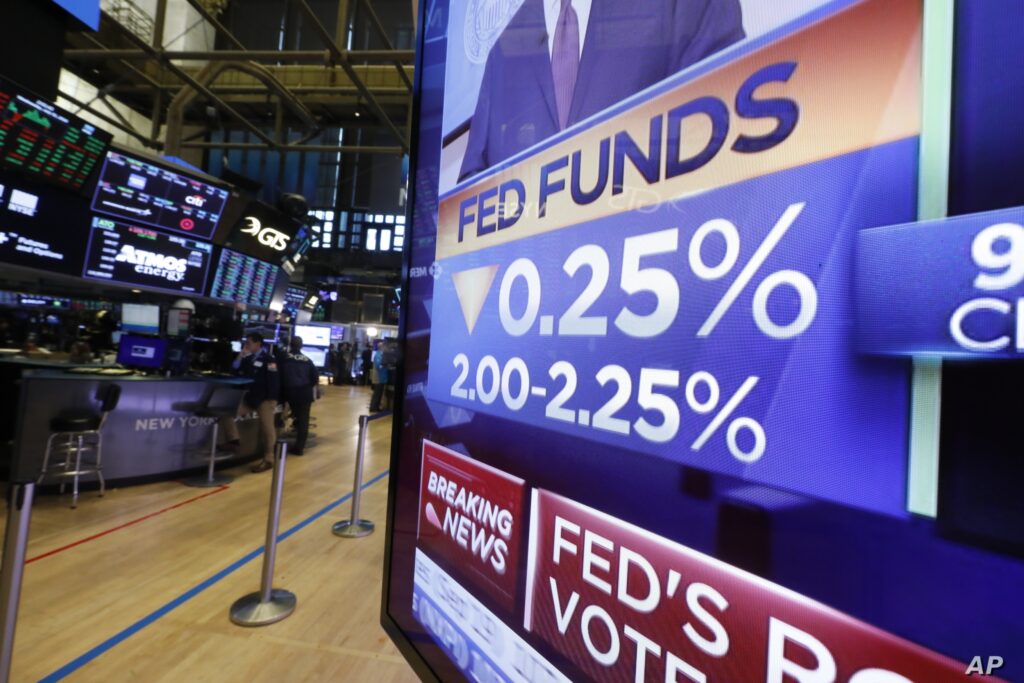Investing in a fixer-upper house and then either keeping it to rent or selling it is a good, fun thing to do especially if you are handy and/or have an “in” when it comes to the design or purchase of new wares for the house. If done correctly, one can make a decent living and have an enjoyable business doing fixer-uppers, and it can be an important part of one’s financial plan.

Chip and Joanna
“Fixer-Upper” on HGTV with Chip and Joanna Gaines is over, and the stars are looking to move on to bigger things with regard to television. They are continuing to run and expand their Magnolia brand in Waco, Texas, and they are transforming Waco in the process. According to this article, tourism and home prices along with it are increasing.
Bad Idea
Although they are talented and have been successful thus far, there is one element of the Gaines’ business plan that I would not recommend: Their homes are setting the high end of home prices in Waco. Although they are trying to bend the curve upward, they are too far ahead of it. According to this article, the average Waco home sells for $215,000. The Gaines’, on the other hand, are selling homes for over $500,000, and even up to $950,000. More power to them if they can fetch those prices, but it is not a good idea to be that far above the market, regardless of how nice the house is or the cachet attached to the Gaines’ name.
Know Your Local Market
Instead, if you are looking to do a Fixer-Upper, you need to make sure you know what your market is. Buy something below the market price and be able to sell it at or close to the market price, factoring in all of the money you plan to spend to fix it up. When you sell the property, don’t stand out with a price that is 2 or 3 standard deviations from the mean. Rather, plan your exit price within 1 standard deviation, and work backward from there. If the acquisition price plus the amount you spend to fix it up results in an acceptable profit for you, then great! If not, don’t buy the house!
IMO
More power to the Gaines’, but don’t do what they are doing and try to reset an entire city market and point it upward in terms of the local economy and housing prices unless you want to establish a brand as they have. Instead, if you are planning to do one-off fixer-upper deals, stay in your lane and fit within the parameters of that local housing market.

